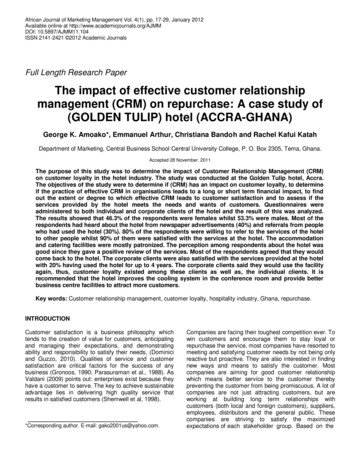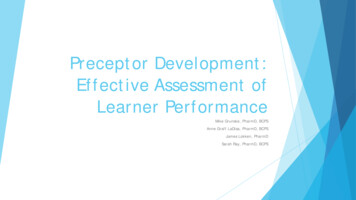
Transcription
Preceptor Development:Effective Assessment ofLearner PerformanceMike Grunske, PharmD, BCPSAnne Graff LaDisa, PharmD, BCPSJames Lokken, PharmDSarah Ray, PharmD, BCPS
Mike Grunske, PharmD, BCPS is Clinical Pharmacy Specialist, Clement Zablocki VAMedical CenterAnne Graff LaDisa, PharmD, BCPS is Assistant Professor of Pharmacy Practice,Concordia University Wisconsin School of Pharmacy andClinical Pharmacist, Aurora St. Luke’s Medical Center
James Lokken, PharmD, MS is a PGY-1 Pharmacy Practice Resident, ConcordiaUniversity Wisconsin School of PharmacySarah Ray, PharmD, BCPS is Assistant Professor of Pharmacy Practice, ConcordiaUniversity Wisconsin School of Pharmacy andClinical Pharmacist, Milwaukee Health Services, Inc.
The presenters have nothing to disclose.
Objectives Describe the 6 different levels within Bloom’s Taxonomy (cognitive domain). List 2 appropriate verbs that can be used at each level when writingobjectives. Design an inpatient or outpatient learning activity that can help a studentcomplete a higher level objective according to Bloom’s Taxonomy (analysis,synthesis, or evaluation). Describe 2 strategies or tools that can be effective in assessing a learner’sperformance. Describe 3 characteristics of effective learning activities and 3 characteristicsof ineffective learning activities from a learner’s perspective.
Outline What is Effective Assessment? Bloom’s Taxonomy Learning Activities Preceptor Roles Assessment Strategies/Tips/Tools Learner’s Perspective
Effective Assessment What is it? No crying? No conflict? An “A” grade or “Goal Achieved”? Balance between learning and feedback to help the learner: Understand how they can improve their skills Become a lifelong learner and self-evaluator Become more independent, confident in role as pharmacist Resulting in improvement in patient care
Effective Assessment Connection between: Appropriate learning activities for the objectives Right preceptor role for the learner and the situation Appropriate assessment strategy
Outline What is Effective Assessment? Bloom’s Taxonomy Learning Activities Preceptor Roles Assessment Strategies/Tips/Tools Learner’s Perspective
Bloom’s Taxonomy Classification of learning objectives Cognitive, Affective, Psychomotor domains
Bloom’s TaxonomySynthesis /CreatingEvaluation /EvaluatingAnalysis / AnalyzingApplication / ApplyingComprehension / UnderstandingKnowledge / blooms taxonomy.htm. Accessed 11.2.15
Bloom’s ipping-grade-4-and-flipping-blooms.html. Accessed 11
oms-taxonomy-planning-kit-for.html. Accessed 11.2.15
Objectives- How did we do? Describe the 6 different levels within Bloom’s Taxonomy (cognitive domain). List 2 appropriate verbs that can be used at each level when writingobjectives. Design an inpatient or outpatient learning activity that can help a studentcomplete a higher level objective according to Bloom’s Taxonomy (analysis,synthesis, or evaluation). Describe 2 strategies or tools that can be effective in assessing a learner’sperformance. Describe 3 characteristics of effective learning activities and 3 characteristicsof ineffective learning activities from a learner’s perspective.
Bloom’s Taxonomy Differences between student and resident learners? Preceptor role, number of repetitions, type of activity may be different, butgoal is the same
Outline What is Effective Assessment? Bloom’s Taxonomy Learning Activities Preceptor Roles Assessment Strategies/Tips/Tools Learner’s Perspective
Learning Activities Designing Learning Activities Read the objective closely Think about your practice site and what can be done efficiently and effectively bythe learner to achieve the objective Qualitative: Specific and detailed enough to assure learner will achieve linkedobjectives and competence Quantitative: Need for repetition should be considered to achieve objective andcompetence Activities should be designed (i.e., sufficient scope, depth and type) to assure thatthe learner will achieve the required cognitive level for each assigned objective
Learning Activities From Concordia University Wisconsin (CUW) Advanced Pharmacy PracticeExperience (APPE) Learning Objectives Formulate and implement patient-specific, evidence-based patient care andmonitoring plans. You practice at a site where you don’t have access to an EHR and uptick of yourComprehensive Medication Reviews (CMRs) has been slow There are 2 patients scheduled when the student is on site You decide to lead the first visit and have the student lead the second. Things do not go well since the second patient was fairly complex and this was thestudent’s first rotation
Learning Activities From CUW APPE Learning Objectives Identify drug-related problems and provide appropriate resolution anddocumentation. Each day you have a different drug information question for the student at your site.
Learning Activities From CUW APPE Learning Objectives Create appropriate educational tools for a diverse patient population. At your practice site you must use health-system or company sponsored patienteducational tools. Rather than waste your student’s time on creating something new thatwill never be used, you tell him/her to look at the approved educational sheets online anddescribe in which scenarios he/she would use them.
Learning Activities From CUW APPE Learning Objectives Participate in the allocation of key resources and supervision of pharmacytechnical staff, as appropriate, at the pharmacy practice site. What does “participate in” mean? Should the student attend a meeting with administration discussing personnel/workflow? Should the student direct the work of the technicians when working with them? Should the managing pharmacist and student have a discussion about how staffing isallocated based on prescription or order volume? All may work, if there is time for self-reflection or discussion to assess student learning
Learning Activities From ASHP Post Graduate Year One (PGY1) Competencies, Goals, Objectives Objective 2.1.4: (Applying) Participate in medication event reporting andmonitoring.Criteria: Effectively uses currently available technology and automation thatsupports a safe medication-use process. Appropriately and accurately determines, investigates, reports, tracks andtrends adverse drug events, medication errors and efficacy concerns usingaccepted institutional resources and programs At your site the resident meets with the pharmacist in charge of reviewingmedication error reports or adverse drug events and listens to a 30 minute lectureon medication errors
Learning Activities From ASHP PGY1 Competencies, Goals, Objectives Objective R1.1.6: (Applying) Ensure implementation of therapeuticregimens and monitoring plans (care plans) by taking appropriate follow-upactions. At your practice site the resident gets a lot of experience with developingtherapeutic plans for patients. However, there is not a lot of communication withthe physician-led teams, so most of the recommendations are on paper and plansdon’t always get followed, or followed-up on by the pharmacists. The residentdoes no follow-up.
Learning Activities From ASHP PGY1 Competencies, Goals, Objectives Objective R2.1.1 (Creating) Prepare a drug class review, monograph,treatment guideline, or protocol. The particular month the resident is with you on rotation there are no newreviews, etc to work on so rather than create one that isn’t needed you have theresident review a protocol from last month and make suggestions for improvement.
Outline What is Effective Assessment? Bloom’s Taxonomy Learning Activities Preceptor Roles Assessment Strategies/Tips/Tools Learner’s Perspective
Preceptor Roles You’ve designed the perfect learning activity, but it can still fall flat. How do you ensure the learning and assessment experience is effective? The valuable preceptor!
Preceptor Roles Where to start? Establish the desired endpoint of the learning activity Be realistic- minimum competency vs expert Consider timingAssess learner’s baseline knowledge, skills, and learning style Prior rotation experience Skills/knowledge assessmentIndividualize teaching strategies to meet the learner’s specific needs to achievedesired outcomes
Preceptor Roles Direct Instruction Modeling Coaching Facilitation
The Preceptor’s Role in Teaching:The Learning PyramidPreceptor’s lingPractical ApplicationFoundation Skills and KnowledgeDirectInstructionThe Learning Pyramid. (Source: Nimmo CM. Developing training materials andprograms: facilitating learning in staff development. In: Nimmo CM, Guerrero R,29Greene SA, Taylor JT, eds. Staff development for pharmacy practice. Bethesda, MD:ASHP; 2000.
Outline What is Effective Assessment? Bloom’s Taxonomy Learning Activities Preceptor Roles Assessment Strategies/Tips/Tools Learner’s Perspective
Ambulatory Pharmacist’s Perspective Lack of time Space Limited areas for learners to workResources Patient care responsibilities always trump other activities, busy clinic environment,provider needs, personal goalsEMR access, computer/technologyLearner expectations Address what is realistic Make them an active part of reaching expectationsPreceptor’s hopes and dreams
Choosing Appropriate Activities Skills assessment Consider pharmacotherapy “quiz” Baseline Tailor to your practice siteReevaluate throughoutSet expectations to facilitate assessment Week 1: Five simple patient visits Week 3: Fifteen patient visits, five complex Week 6: Twenty patient visits, ten complex
Choose Appropriate Activities Actively assess patient / provider interactions Ask them for their self-assessment first Fulfill Preceptor Roles, but make sure to observe their interactions early on (before theyare molded)Immediate, even if briefMeet Learning Objectives (But) may need to consider bending to fit the real life situation / patient care opportunity
Utilize Learners Make them co-responsible for completing their goals Examples “I like having frequent clinical discussion topics.” “My ideal preceptor provides me with a lot of feedback while allowing me to spread myown wings and be independent.” “I want to increase my confidence in treating patients with disease XYZ.”
Utilize Learners Residents as Preceptors Eager to mentor Eager to instruct Eager to share opinions But make sure they are ready Ask them about involvement Define expectations / boundaries Observe their interactions
Think Outside the Box Consider different models Adopt more of a medical-modelHow are non-pharmacy learners utilized at your site?
Keep in Mind Baseline skills should not interfere with ultimate goal Different learners, with different skill-sets, who have the same goal Take care when comparing learnersHelp learner understand that practice site doesn’t automatically make them“clinical” or “non-clinical” As preceptors, we can help show them how our clinical knowledge / skills can beapplied no matter the barrier or environment
Inpatient Pharmacist’s Perspective Lack of time Busy hospital, acutely-ill patients, large volume of clinical services expected“Adult Surgical Direct Patient Acute Care” rotation ASLMC PGY-1 residents year-round CUWSOP APPE students year-round IPPE 1-4 students (P1s/P2s)3 examples of overcoming obstacles and using layered learning to youradvantage
Flipped Rotation: andingRemembering
Pre-Recorded Topic Discussions:OverviewCreator: Narrates presentation usingMicrosoft PowerPoint Publishes as video file anduploads to video sharing website Creates assessment questions Helps ensure learner identifies keypieces of informationDirects learner to apply didacticconcepts during patient carediscussion
Pre-Recorded Topic Discussions:Pearls Creation of flipped topic discussions by learners for other learners createsan opportunity to assess higher-order thinking skills. ASHP R5.1.2: Design an assessment strategy that appropriately measuresthe specified objective for education or training and fits the learning situation. Appropriate topics must be selected for flipped learning modules Topics of narrow scope Can be accomplished in 15-30 minutes when recorded Utilize rotation calendar to assign deadline for viewing Creation of project objectives/outline is helpful to detail expectations
Resident Precepting and Peer Review Developing pharmacy residents into effective preceptors and educators is essential tomeet the demands of pharmacy education. Create opportunities for residents to evaluate and critique and integrate them into theexperiential teaching model. APPE assignments: Drug information questions, case presentations, journal clubs APPE patient education/medication reconciliation: “see one, do one, teach one” APPE/IPPE overall performance evaluationsNo resident, but 2 APPEs or APPE IPPE: Use second learner to provide peer review Bring concerns/issues/possible interventions to preceptor
Providing Consistent Feedback Learners like immediate, regular, daily feedback A Five-step "Microskills" Model of Clinical Teaching1 ANALYZE1.Get a Commitment – What do you think?2.Probe for Supporting Evidence – What led you to that conclusion?3.Teach a General Principle – When this happens, do this 4.Reinforce What Was Done Well – Specifically, you did an excellent job of 5.Correct Mistakes/Self-critique – Next time this happens, try this APPLYEVALUATEFeedback huddle during last 10 minutes of the day. Learner starts with self-assessment. “How do you think you did?” Preceptor agrees/disagrees, provides context/examples, and additional comments1 Neher,JO, Gordon, KC, Meyer, B, and Stevens, N. Journal of the American Board of Family Practice. 5:419-424, 1992.
Outline What is Effective Assessment? Bloom’s Taxonomy Learning Activities Preceptor Roles Assessment Strategies/Tips/Tools Learner’s Perspective
Positive Characteristics of LearningActivities The expectations for the rotation were clearly outlined from the beginningand prior to each activity Core activities were listed in a rotation calendar The activities aligned with my interests and goals for the rotation The activities were modeled for me The activities were diverse in scope and complexity The expectations for activities were realistic The assessment of the activity was fair and consistent Feedback provided was constructive in nature
Negative Characteristics of LearningActivities Unclear expectations provided at the beginning No attempt made to assess baseline knowledge or interests Assessment based on previous student(s) performance No modeling provided Unrealistic expectations Negative feedback without suggestions for improvement
Learning Activities Active learning exercise Using the Objectives described earlier, participants will work in pairs todesign an activity that focuses on analysis, evaluation, synthesis
Summary Effective assessment is no easy task Planning is essential Learning activities Multiple learners Time for feedback
an inpatient or outpatient learning activity that can help a student complete a higher level objective according to Bloom’s Taxonomy (analysis, synthesis, or evaluation). Describe 2 strategies or tools that can be effective in assessing a learner’s performance. Describe 3 characteristics of effective
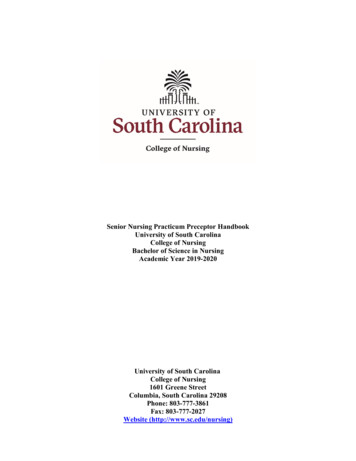
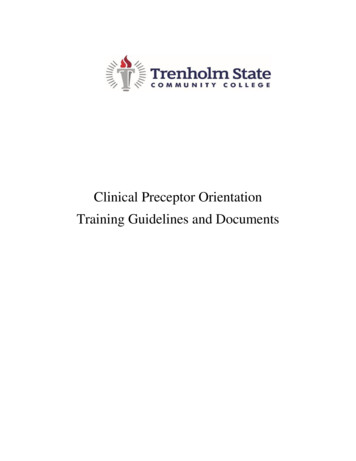

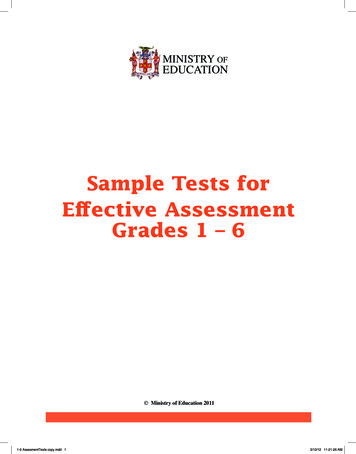
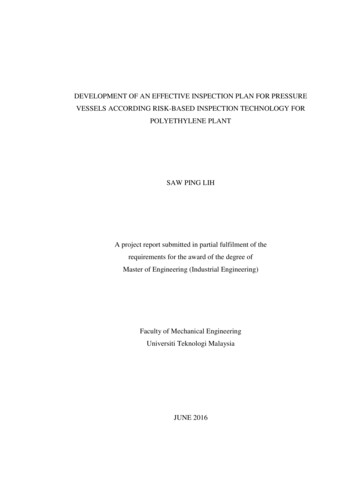
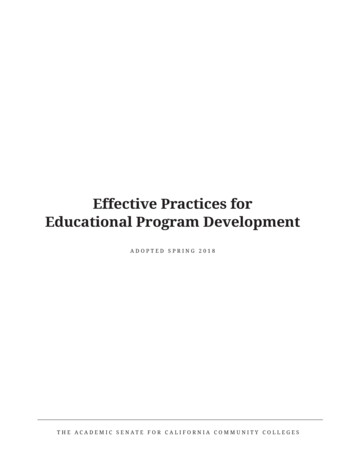

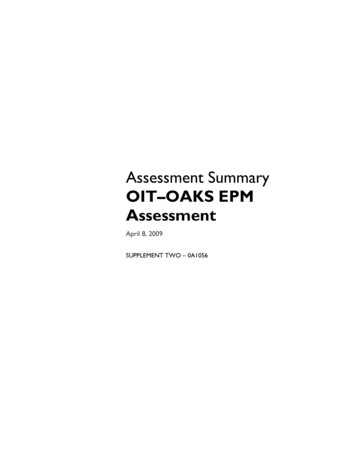
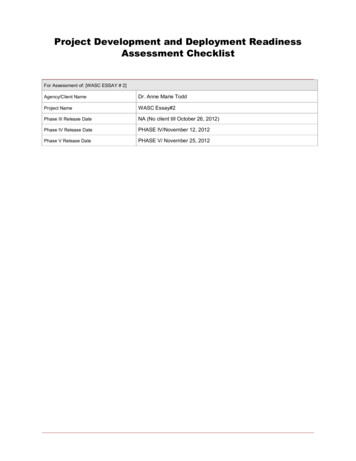
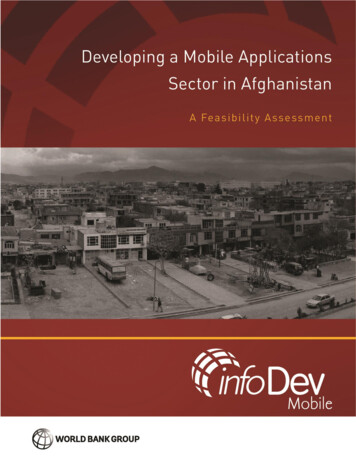
![Fluent Python : [clear, concise, and effective programming]](/img/1/799981060.jpg)
